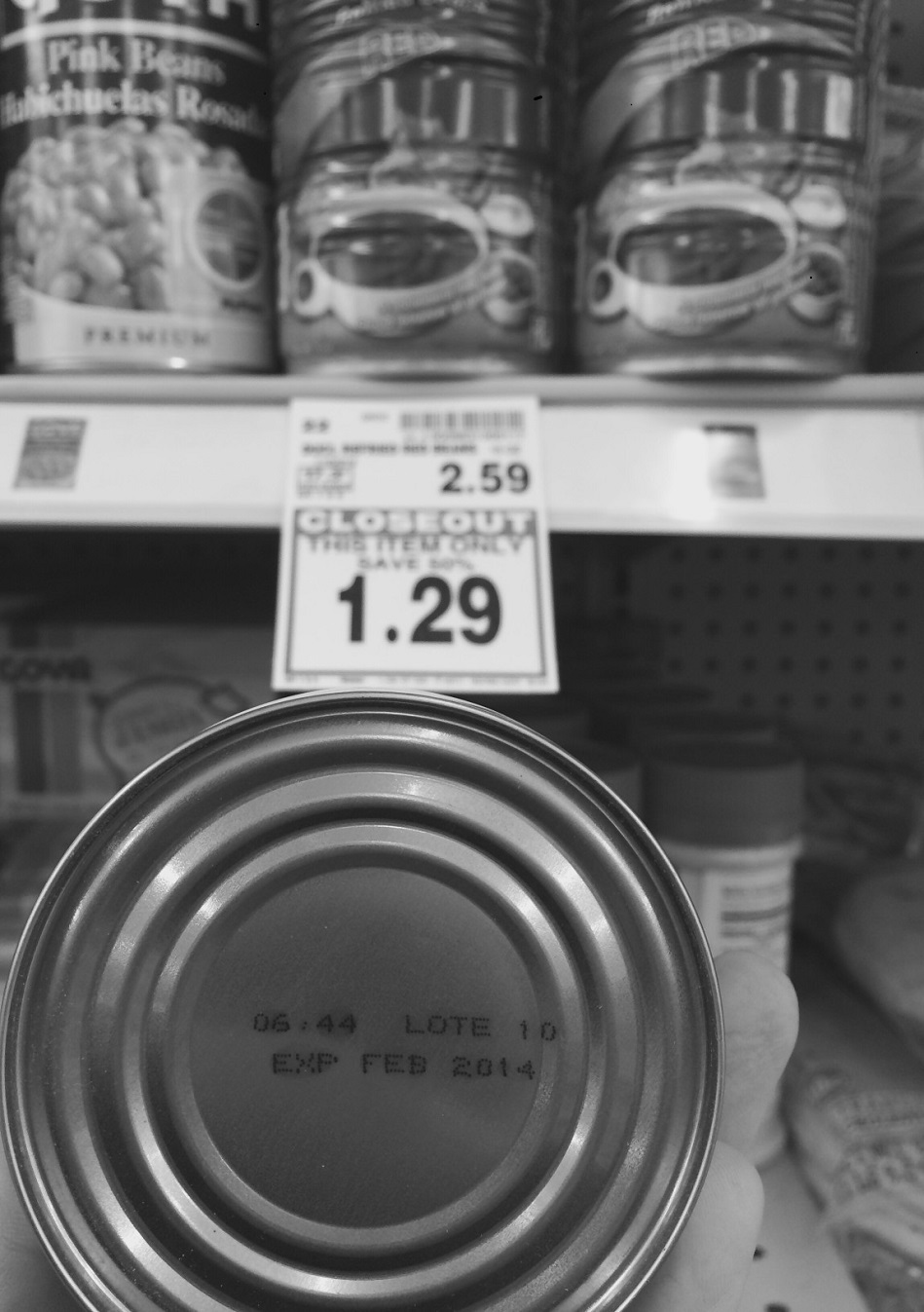Use By, Best By, Sell By: Understanding Food Expiration Dates
When you’ve been going through the deep recesses of your pantry in the past weeks, you might have come across something that had a questionable expiration date. Whether you remember buying that box of oatmeal packets or not, how do you know if it’s safe to eat?
Food manufacturers use three general food expiration date markings, each corresponding to a different guideline. The important thing to remember is that expiration dates are the manufacturer making a guess at when its products won’t be at their peak quality any longer.
Use by:
This is the most direct estimation of a date by which a product should be consumed. Again, this guideline is mainly about quality, not about making you sick, but it’s still a good idea to finish the product as close to the Use-By date as you can.
Sell-By:
This label is mainly for retailers. Sell-By dates indicate the last day a product should be stocked on store shelves to ensure consumers have enough of a window to use it once they bring it home. Generally, about 1/3 of a product’s lifespan remains after a Sell-By date.
Best-By:
This is a more gentle suggestion for consumers. It simply means by the manufacturer’s estimation, the product will be at peak quality when it’s used by this date.
Of course, there are always exceptions and warnings when it comes to food safety, regardless of date. If whatever you’re about to eat doesn’t smell right, or has a damaged or bloated can or lid, has discolored, or is just plain growing things, it’s probably time to toss it. If you’re at all in doubt, it’s probably safer not to eat it.
We hope these tips help you maintain your pantry and refrigerator food stores more easily. For more kitchen advice, inspiration and recipes, like the Cosmo Appliances Facebook page or follow us on Instagram!
For more great recipes, tips and appliance news, follow us on Facebook or Instagram.

